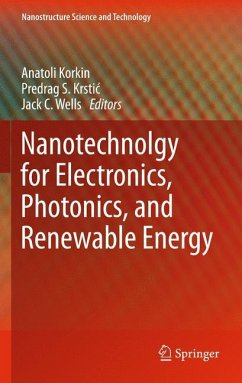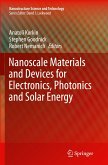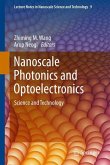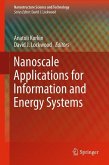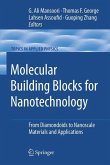Tutorial lectures given by world-renowned researchers have become one of the important traditions of the Nano and Giga Challenges (NGC) conference series. 1 Soon after preparations had begun for the rst forum, NGC2002, in Moscow, Russia, the organizers realized that publication of the lectures notes would be a va- able legacy of the meeting and a signi cant educational resource and knowledge base for students, young researchers, and senior experts. Our rst book was p- lished by Elsevier and received the same title as the meeting itself-Nano and Giga 2 Challenges in Microelectronics. Our second book, Nanotechnology for Electronic 3 4 Materials and Devices, based on the tutorial lectures at NGC2004 in Krakow, 5 Poland, the third book from NGC2007 in Phoenix, Arizona, and the current book 6 from joint NGC2009 and CSTC2009 meeting in Hamilton, Ontario, have been published in Springer's Nanostructure Science and Technology series. Hosted by McMaster University, the meeting NGC/CSTC 2009 was held as a joint event of two conference series, Nano and Giga Challenges (Nano & Giga Forum) and Canadian Semiconductor Technology Conferences (CSTC), bringing together the networks and expertise of both professional forums. Informational (electronics and photonics), renewable energy (solar systems, fuel cells, and batteries), and sensor (nano and bio) technologies have reached a new stage in their development in terms of engineering limits to cost-effective impro- ment of current technological approaches. The latest miniaturization of electronic devices is approaching atomic dimensions.

